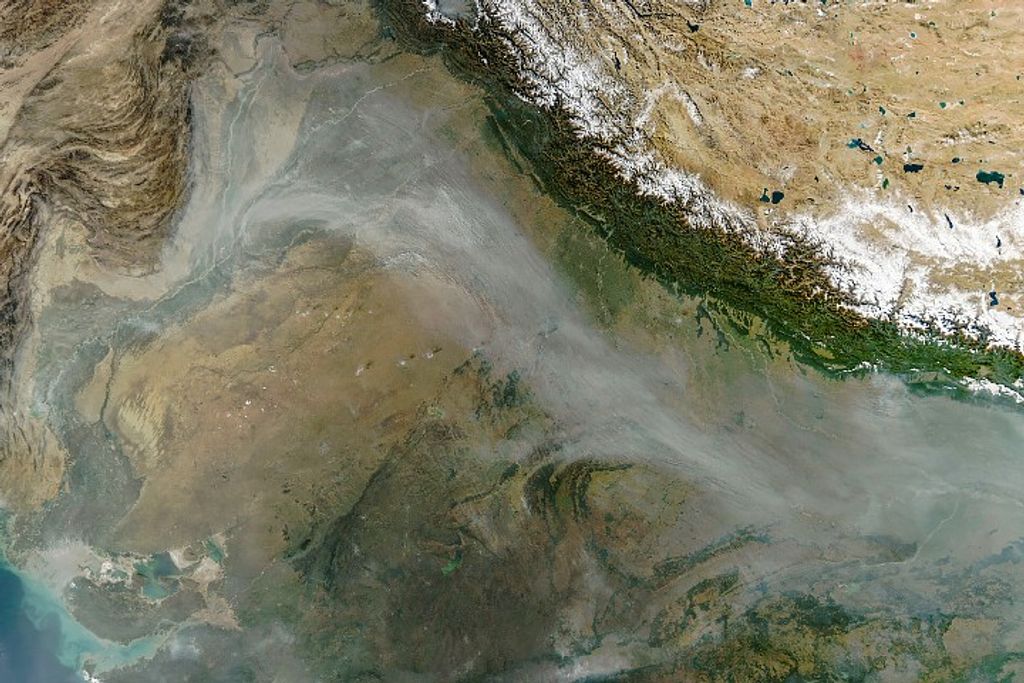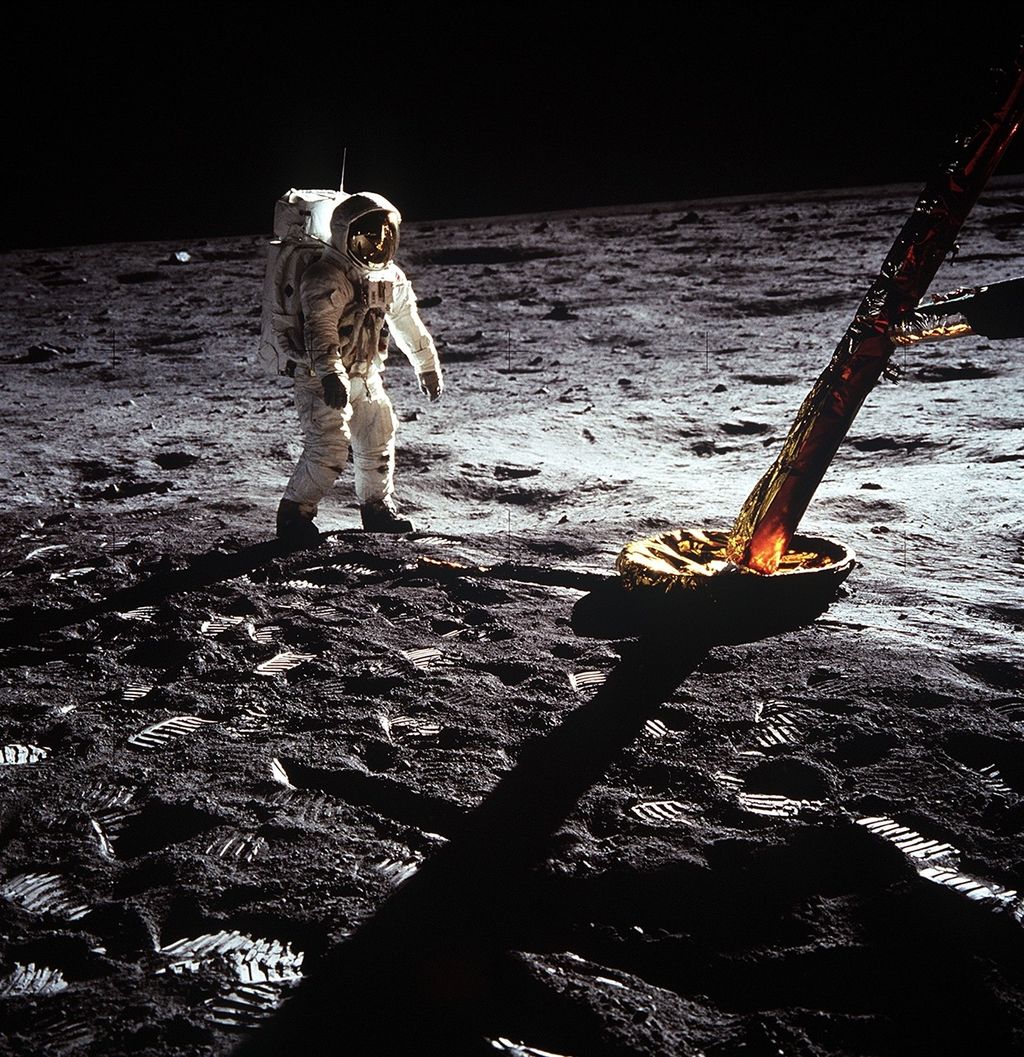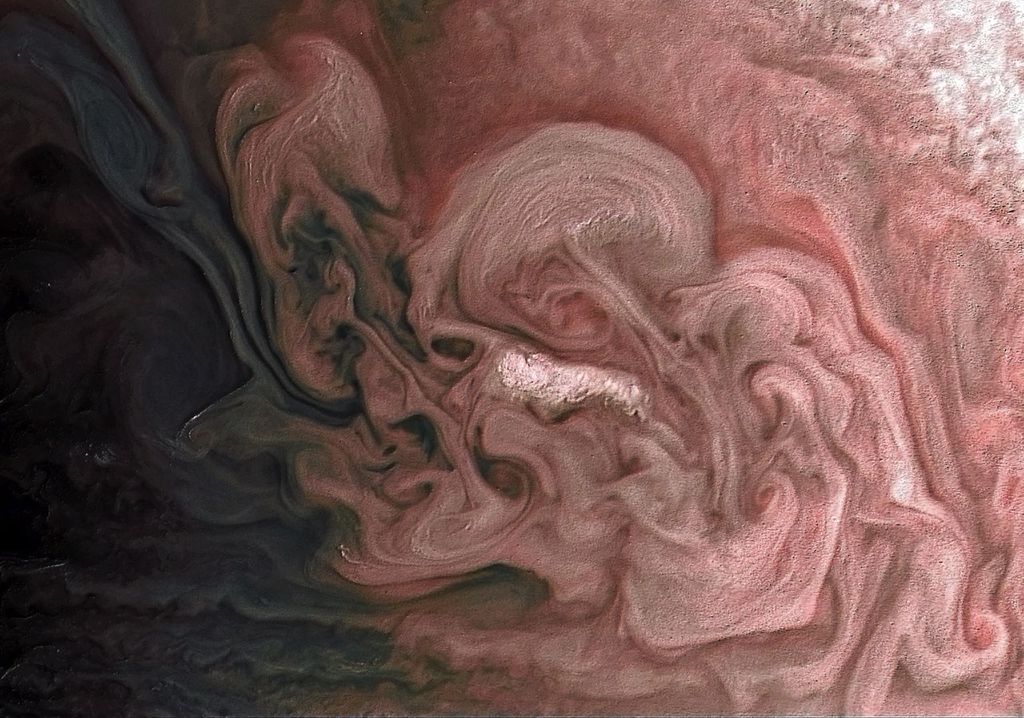1 min read
Planet Comparison Graphic (Illustration)

This illustration compares the sizes of exoplanets GJ 436b and GJ 1214b with Earth and Neptune. These so-called super-Earths have masses between gas giants, like Neptune, and smaller, rocky planets, like Earth. No such type of planet exists in our solar system. NASA Hubble Space Telescope spectroscopic observations reveal that these worlds could very likely be smothered in clouds that cloak any information about the planets' underlying chemical compositions. This artistic rendering of the exoplanets is speculative and does not necessarily reflect what their true appearance might actually be.
About the Data
- Data DescriptionData DescriptionProposal: A description of the observations, their scientific justification, and the links to the data available in the science archive.
Science Team: The astronomers who planned the observations and analyzed the data. "PI" refers to the Principal Investigator.About GJ 1214b The Hubble data are from proposal 13021: J. Bean (University of Chicago), J.-M. Desert (California Institute of Technology), S. Seager (Massachusetts Institute of Technology), D. Deming (University of Maryland), B. Benneke (Massachusetts Institute of Technology), Z. Berta-Thompson (Harvard University), K. Stevenson (University of Chicago), and D. Homeier (Lyon Centre for Astrophysics Research). The science team includes: L. Kreidberg and J. Bean (University of Chicago), J.-M. Desert (California Institute of Technology), B. Benneke (Massachusetts Institute of Technology), D. Deming (University of Maryland), K. Stevenson (University of Chicago), S. Seager (Massachusetts Institute of Technology), Z. Berta-Thompson (Harvard University), A. Seifahrt (University of Chicago), and D. Homeier (Lyon Centre for Astrophysics Research). About GJ 436b The Hubble data are from proposal 11622: H. Knutson (California Institute of Technology), D. Charbonneau (Harvard University), and S. Seager (Massachusetts Institute of Technology). The science team includes: H. Knutson (California Institute of Technology), B. Benneke (Massachusetts Institute of Technology), D. Deming (University of Maryland), and D. Homeier (Lyon Centre for Astrophysics Research). - InstrumentInstrumentThe science instrument used to produce the data.HST>WFC3
- FiltersFiltersThe camera filters that were used in the science observations.Grim: G141
- Object NameObject NameA name or catalog number that astronomers use to identify an astronomical object.GJ 1214b, GJ 436b, Earth, and Neptune
- Object DescriptionObject DescriptionThe type of astronomical object.Extrasolar Planet
- Release DateDecember 31, 2013
- Science ReleaseHubble Sees Cloudy Super-Worlds with Chance for More Clouds
- Credit
Related Images & Videos

Clouds in Atmosphere of Exoplanet GJ 1214b (Artist's View)
This is an illustration of the hypothetical appearance of the exoplanet GJ 1214b, which is known as a "super-Earth" type planet because it is slightly more than six Earth masses. Spectroscopic observations with NASA's Hubble Space Telescope provide evidence of high clouds...
Share
Details
Last Updated
Aug 17, 2025
Contact
Media
Claire Andreoli
NASA’s Goddard Space Flight Center
Greenbelt, Maryland
claire.andreoli@nasa.gov





























